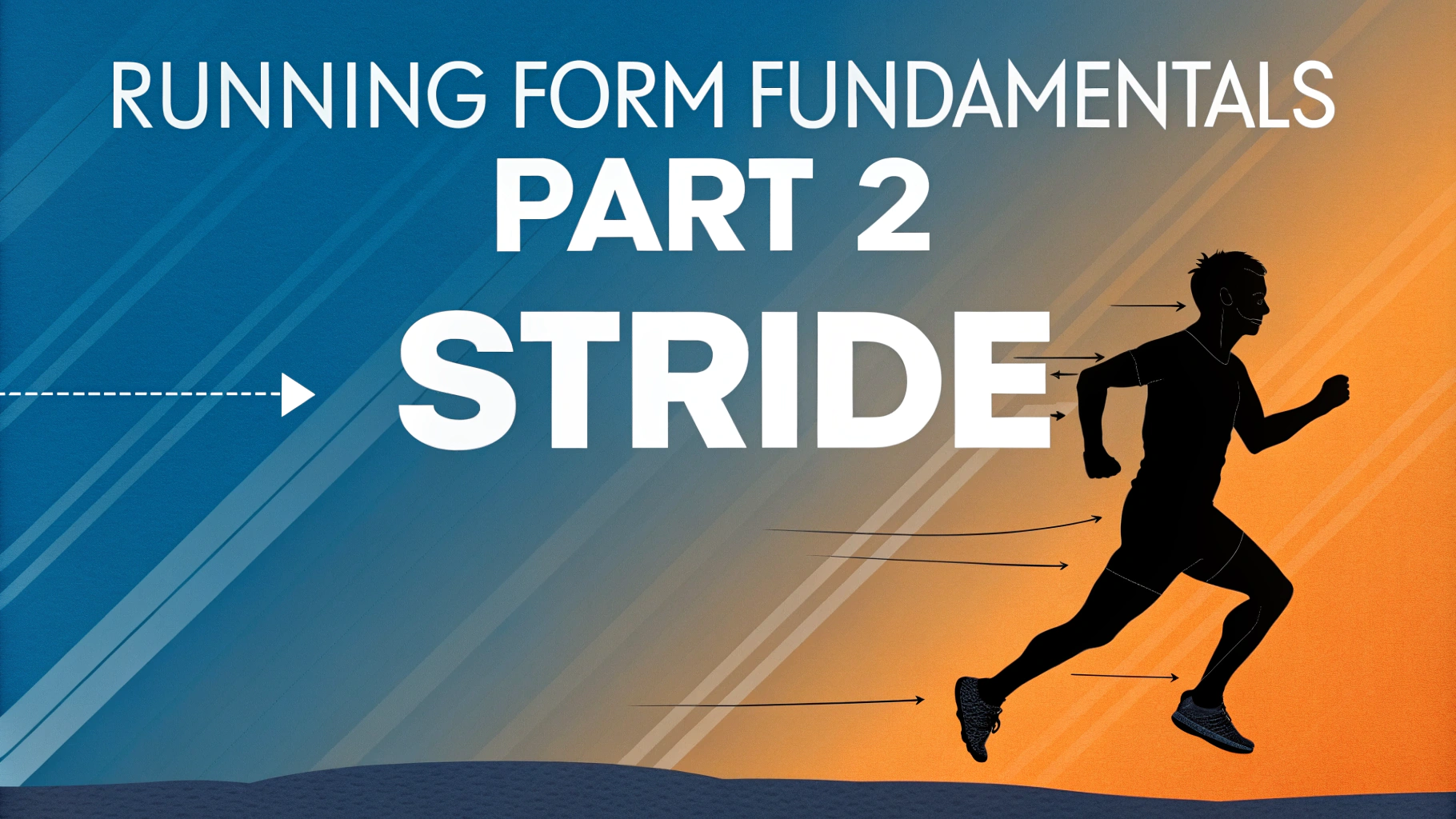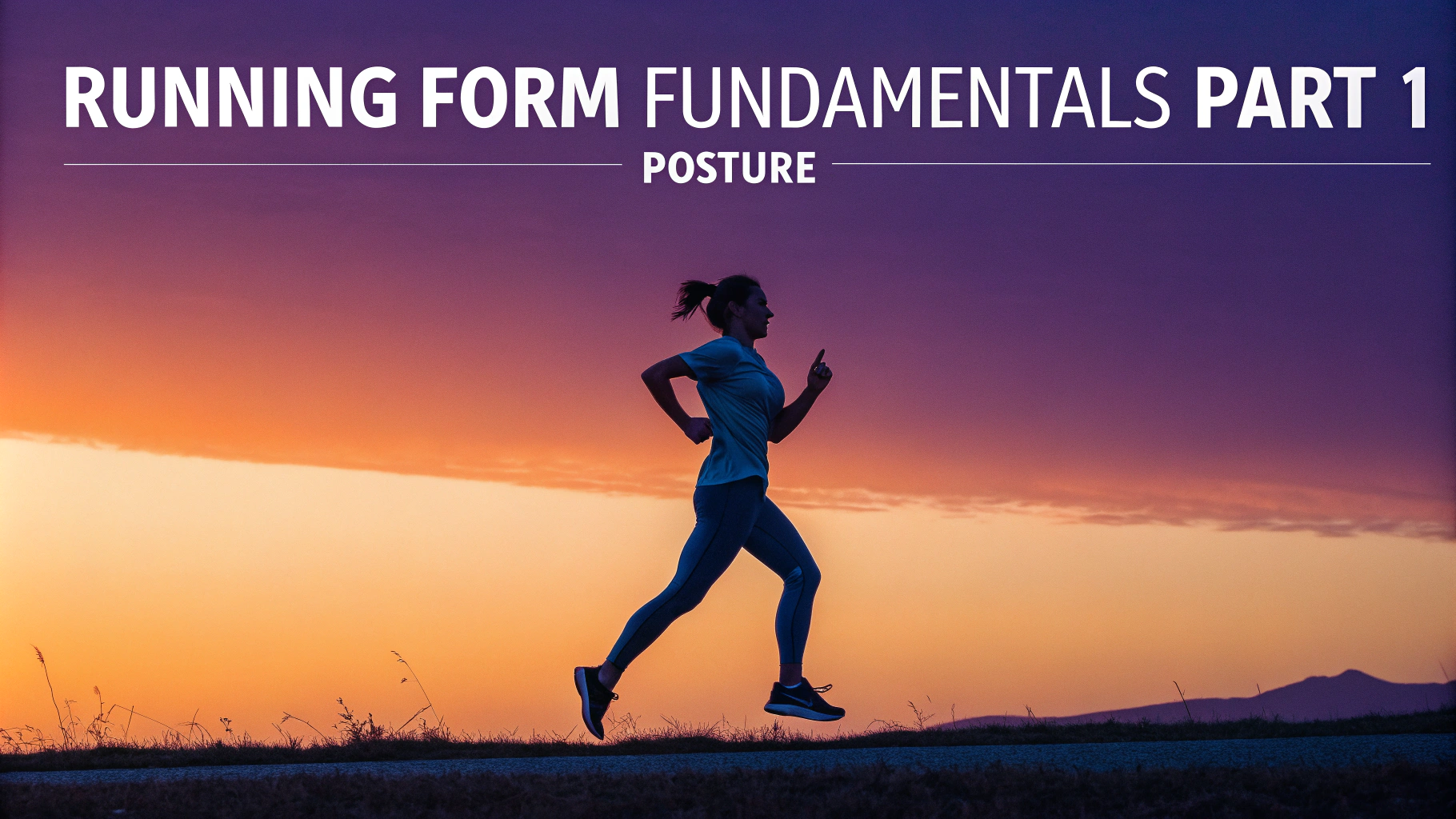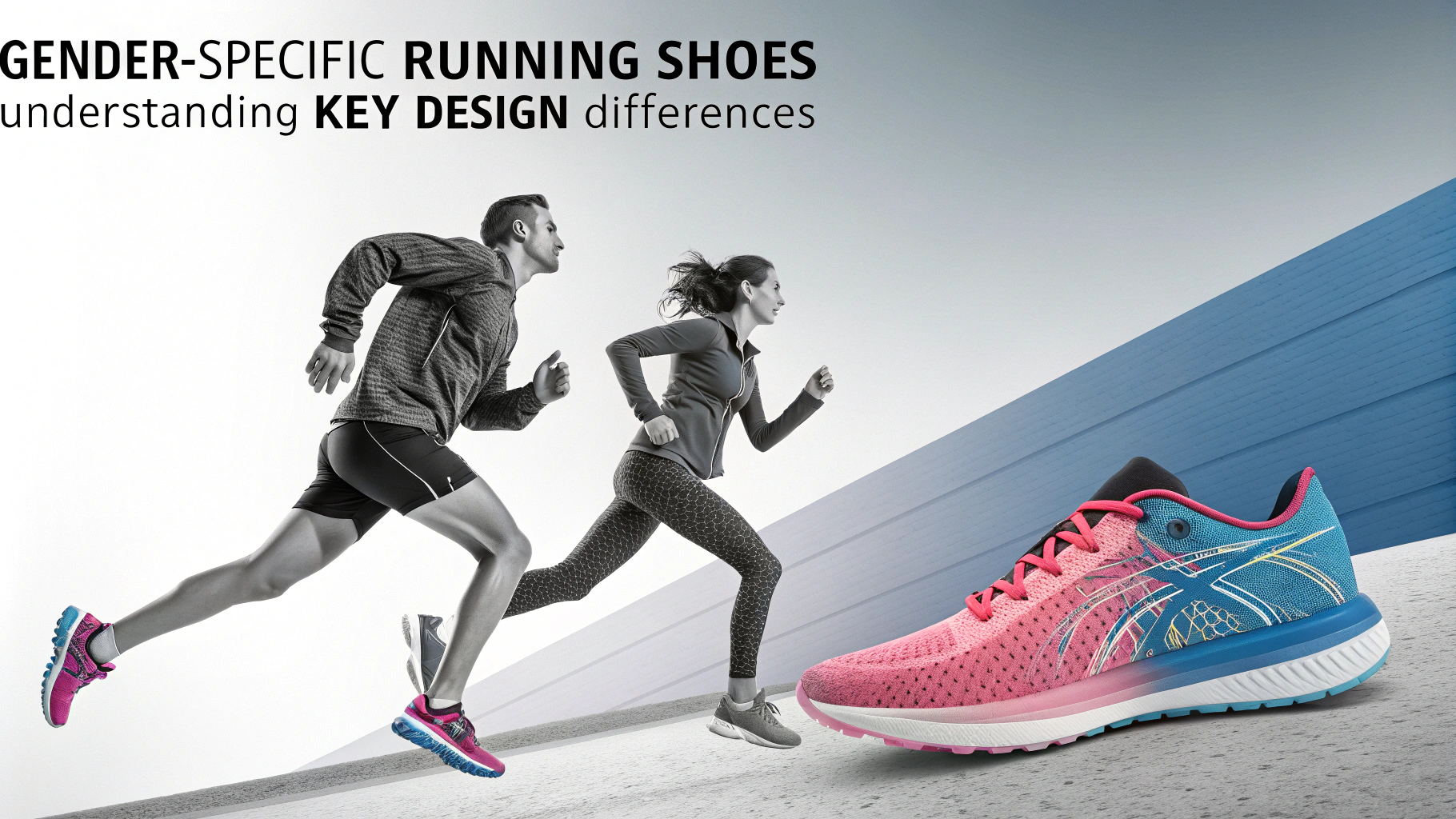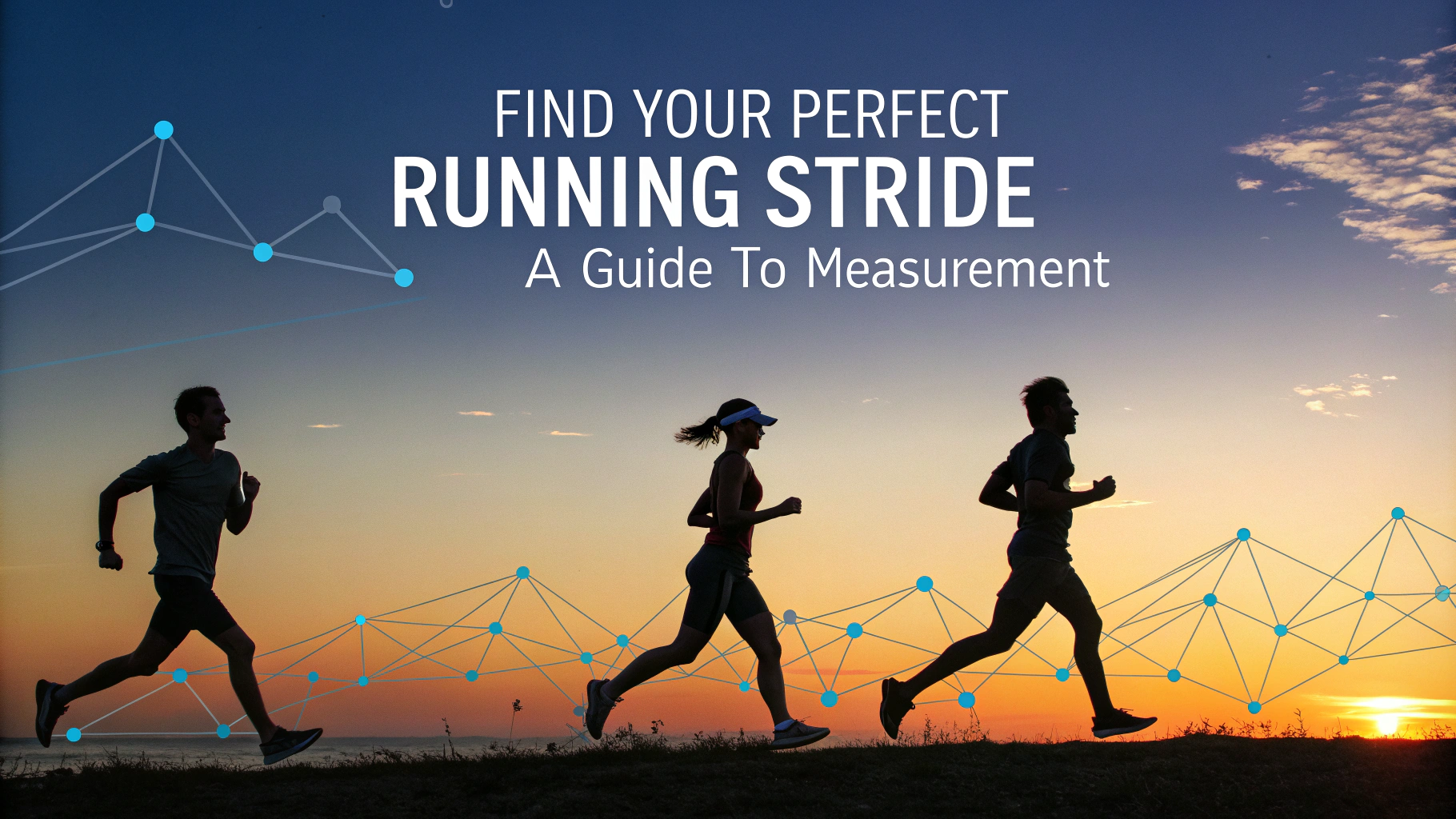Men’s and women’s running shoes differ in more ways than just color and style – they’re engineered to match distinct anatomical needs.
The average woman’s foot tends to be narrower in the heel and wider in the forefoot compared to men’s feet of the same size.
Key Design Differences
- Weight Distribution: Women’s shoes are typically lighter to account for lower average body mass
- Cushioning Patterns: Different midsole materials and densities based on gender-specific impact patterns
- Heel Support: Women’s models often feature enhanced heel cups for better fit
- Arch Support: Variations in arch height and flexibility between genders influence support structures
Recommended Features by Gender
| Feature | Women’s Models | Men’s Models |
|---|---|---|
| Last Shape | Narrower heel, wider forefoot | Proportional throughout |
| Cushioning | Softer midsole | Firmer midsole |
| Weight | 15-20% lighter | Standard weight |
Top Picks for Gender-Specific Running Shoes
- Women:
- Nike Air Zoom Pegasus (Women’s)
- Brooks Ghost Women’s
- ASICS GEL-Nimbus Women’s
- Men:
- Nike Air Zoom Pegasus (Men’s)
- Brooks Ghost Men’s
- ASICS GEL-Nimbus Men’s
Finding Your Perfect Fit
Visit a specialty running store for professional fitting, as they can analyze your gait and foot structure.
Try shoes on later in the day when feet are slightly swollen to ensure proper fit.
Test shoes with the socks you plan to run in.
Additional Tips
- Replace running shoes every 400-500 miles
- Own multiple pairs to rotate between runs
- Consider your running surface when selecting shoes
- Pay attention to wear patterns to inform future purchases
Questions about specific shoe models can be directed to major manufacturers:
- Nike Customer Service: 1-800-806-6453
- Brooks Running: 1-800-227-6657
- ASICS America: 1-800-678-9435
Common Running Shoe Myths
- Expensive Means Better: Price doesn’t always correlate with performance or durability
- One Size Fits All: Different brands size differently; always try before buying
- Break-in Period Required: Modern running shoes should feel comfortable immediately
- Same Size as Street Shoes: Running shoes often need to be 0.5-1 size larger
When to Replace Your Shoes
Look for these warning signs:
- Visible wear on outsoles
- Compressed or wrinkled midsoles
- Upper material tears or stretching
- New aches and pains during runs
Seasonal Considerations
Summer Running
- Choose breathable mesh uppers
- Consider lighter colorways
- Look for moisture-wicking properties
Winter Running
- Select water-resistant materials
- Opt for enhanced grip patterns
- Consider slightly larger sizing for thick socks
Conclusion
Selecting gender-specific running shoes ensures proper fit and support for optimal performance. Regular assessment of wear patterns and timely replacement maintain foot health and running efficiency. Professional fitting services and attention to individual needs remain crucial for finding the ideal running shoe.
Remember that personal comfort should guide final selection, regardless of gender-specific design features. Stay informed about your running needs and maintain open communication with footwear specialists for the best long-term results.
FAQs
- What are the key differences between men’s and women’s running shoes?
Women’s running shoes are typically lighter, narrower in the heel, and wider in the forefoot due to women’s generally lower body mass and different foot shapes. They also have softer midsoles to compensate for lower impact forces. - Why do women’s running shoes have a different heel-to-toe drop than men’s?
Women’s running shoes often feature a slightly higher heel-to-toe drop to accommodate women’s typically lower calf flexibility and different hip-to-heel biomechanics during running. - How does the cushioning differ between men’s and women’s running shoes?
Women’s running shoes generally use softer cushioning materials because women have about 15% less muscle mass and generate lower impact forces, requiring different levels of shock absorption. - What are the anatomical differences in foot shape that affect shoe design?
Women typically have a narrower heel, higher arch, and wider forefoot relative to their heel when compared to men, which influences the shoe’s last shape and overall fit. - Do men and women need different types of arch support in their running shoes?
Yes, women generally require more arch support due to naturally higher arches and greater tendency for arch flexibility during pronation while running. - How does body weight influence gender-specific shoe design?
Men’s shoes are constructed with firmer midsole materials to support higher body weights and greater impact forces, while women’s shoes use softer materials for lighter frames. - Why are women’s running shoes generally lighter than men’s?
Women’s shoes are lighter because they’re designed for lower body weights and smaller foot sizes, requiring less material while maintaining structural integrity. - How do stride patterns differ between genders and affect shoe design?
Women typically have a shorter stride length and higher cadence, leading to shoe designs that accommodate these biomechanical differences through adjusted flex points and support structures. - What role does Q-angle play in gender-specific running shoe design?
Women’s wider hip structure creates a larger Q-angle (hip to knee alignment), requiring specific midsole designs and support features to prevent excessive inward rolling of the foot. - Can men wear women’s running shoes and vice versa?
While possible, it’s not recommended as the shoes are specifically designed for different anatomical and biomechanical needs. Width differences and support features may cause discomfort or potential injury.










